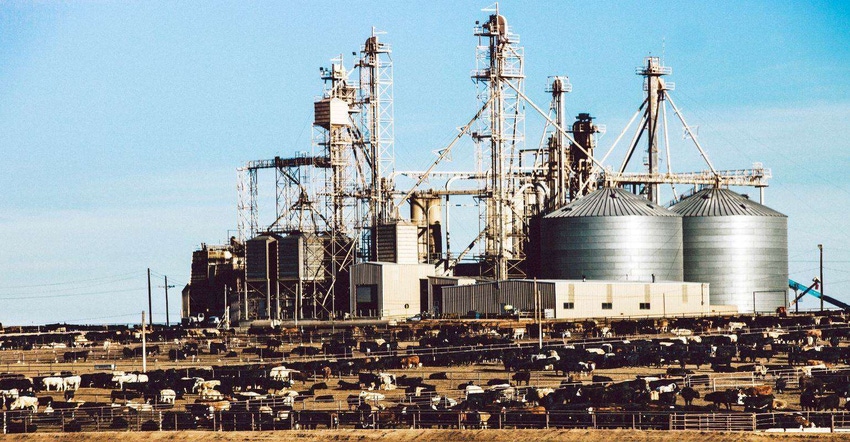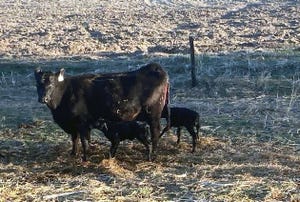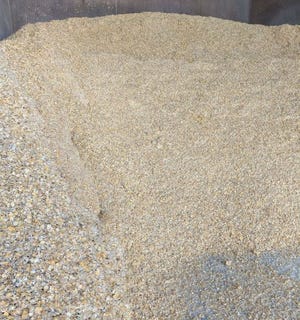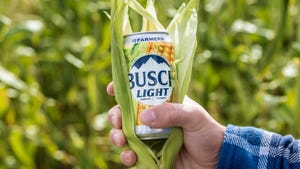Feedlot situation improving slowly
When will the feedlots turn the corner?

The September USDA-NASS Cattle on Feed report pegged Sept. 1 feedlot inventories at 11.234 million head, 98.6 percent of last year. August marketings were 1.885 million head, 99.6 percent of one year ago and August placements were 2.104 million head, 102.3 percent of one year earlier. August placements and marketings were both slightly higher than average pre-report estimates but within the range of analyst forecasts.
The August placements were the largest placement total for the month since 2011. Among major cattle feeding states, placements were largest in Nebraska, up 11 percent year over year and Colorado, up 17 percent from last year. Meanwhile, August placements in Kansas were down 2 percent year over year and Texas placements were 90 percent of one year ago. The weight distribution of August placements shows that the unexpected increase in placements was almost entirely in heavy weight placements. Placements of feeders under 600 pounds were unchanged from last year and placements from 600-700 pounds were down 7.5 percent year over year. Placements weighing 700-800 pounds were up 2.1 percent year over year and placements from 800-900 pounds were up 2.3 percent over last year. Most dramatically, placements weighing over 900 pounds were up 15.4 percent year over year. Placements over 900 pounds were up 21.4 percent in Nebraska, accounting for 60 percent of the total year over year increase for the heaviest weight group.
The question for several months has been when feedlots would “turn the corner” on the large fed cattle supplies and set the stage for improving fed cattle prices. It always seems to take longer than it should. However, there are indications that of continued progress along those lines. It appears the feedlots are slowly getting more current. The 12-month moving average of feedlot placements peaked recently in April, with declines since except for a slight move higher with the large August placements. Generally declining placements implies smaller feedlot numbers eventually. The large heavy placements in August will front-end load future production somewhat. The 12-month moving average of marketings peaked recently in June and is moving lower in July and August suggesting that the peak feedlot production is past. Remember back in February that the monthly feedlot inventory was the largest since February of 2006. The inventory dropped by 8.5 percent from the February peak to a seasonal low in August. The 12-month moving average of the feedlot inventory also peaked recently in June and is also moving lower. The feedlot situation is slowly improving.
Going forward, the expectation is that fed cattle supplies will continue to tighten and drop below the slaughter capacity cap that has separated the fed market from beef markets. Beef production is expected to drop in the fourth quarter and fed markets should participate more fully in the market strength. Barring any new disruptions or “Black Swans” cattle and beef markets should get lined up in a more typical fashion and move forward with tighter supplies and continued strong demand. Experiencing just the normal cattle market dynamics, i.e. a little “stability”, would be nice for a change.
Source: Oklahoma State University, which is solely responsible for the information provided and is wholly owned by the source. Informa Business Media and all its subsidiaries are not responsible for any of the content contained in this information asset.
About the Author(s)
You May Also Like



